This might not be the typical expat blog, written by a German expat, living in the Philippines since 1999. It's different. In English and in German. Check it out! Enjoy reading! Dies mag' nun wirklich nicht der typische Auswandererblog eines Deutschen auf den Philippinen sein. Er soll etwas anders sein. In Englisch und in Deutsch! Viel Spass beim Lesen!
You plan to move to the Philippines? Wollen Sie auf den Philippinen leben?
Ja, es gibt tonnenweise Webseiten, die Ihnen sagen wie, warum, vielleicht warum nicht und wann Sie am besten auf die Philippinen auswandern könnten. Ich möchte Ihnen in Zukunft "zwischen den Zeilen" einige zusätzlichen Dinge berichten und erzählen. Viel Spass beim Lesen und Gute Unterhaltung!
Total Pageviews

Monday, February 17, 2025
🌄 Life is a Journey—Embrace the Beauty Along the Way! 🌿✨
LIFE CHANGES DRAMATICALLY
Life is so unpredictable. We can never know what Is going to happen in the next hour or even next minute.
Being in online classes while teaching but in the daily home office, I experienced a total change when it comes to the digital body language: cues you send – or don't send. Writer David Robson gets to the point in a nutshell: "Online, as in real-life, it's not just what you say – but how you say it".
Think about the last work email that you sent. Did its sentences end with full stops or exclamation marks, or did you forgot punctuation altogether? Was it peppered with emoji – or plain text? And was your response prompt, or did you have to apologise for the time it had taken to reply?
Now, consider your last Zoom call. Did you check your phone or email at least once during the meeting? And did you pause to be sure that the other speaker had finished? Or did you find yourself frequently interrupting their sentences, as you failed to take into account the slight delays in the connection?
According to the leadership expert Erica Dhawan, these are all examples of our “digital body language” – a concept that serves as the title of her new book. Like our in-person physical body language, digital body language concerns the subtle cues that signal things like our mood or engagement, and change the meaning of the words we say – be it in text, on the phone or in a video call.
Following David Robson, it is needless to say, the rise of remote working during the pandemic has only made these issues more urgent, but psychologists have long known that digital communication is ripe for misunderstanding.
So, what can be done? It’s indeed a question of mindfulness, so that we can be sure that our digital body language is intentional and appropriate to the situation at hand.
Do you like emojis?!? Well, first consider written communication, starting with the use of emoji and punctuation marks, like the exclamation point. Stylists may sneer, but many people (and include me in!) argue that they often help to clarify the meanings of the words themselves, much in the same way as a nodding head or a smirk in person. Whether you’re signalling urgency or excitement with ALL CAPS, impatience and irritation with an “?!?” or mutual appreciation with a fist-bump emoji, you are helping your text to convey the feelings you would have embodied in person.
It took me almost a whole year, but right now allow me to tell you: don’t feel shy about adopting these more informal digital cues, where appropriate – and be aware that others may well be expecting them.
Broadly, your use of punctuation and emojis are part of a bigger set of cues that will establish the tone of your exchanges – whether they feel formal or informal, enthusiastic or bored. Other signals will include your greetings (whether you include a friendly “Hello” at the start of the message or simply dive straight in), and your sign off (an emotionally distant “Regards” versus an enthusiastic “Thanks!”).
Honestly, sometimes I'm really getting tired of video calls and zoom meetings. They present their own unique problems. Your body language, manners and level of engagement on video-chat platforms can influence how colleagues see you and interpret your message. Even during my online teaching, I observed some students being absent-minded or even not being dressed well.
Whatever medium you use, you should remain conscious of two factors – trust and power – in all your interactions. These ratings will be subjective, of course, but if you sense there is a clear gap on either of these dimensions, you need to be more cautious.
In the past, the handshake, the smile and the smile gave us many well trusted signals,– but in online communication, our gratitude is often less apparent, or may not be expressed at all. Measures to remedy this could be as simple as sending a follow-up email, after a virtual meeting, to make it clear that you valued someone’s input, or cc’ing a junior colleague on an email to a client, acknowledging the role they played in a project. We can’t just assume that our colleagues will know how much we value them.
Erica Dhawan’s book Digital Body Language, is out now from St Martin’s Press. I learned a lot from her, especially perfecting our digital body language will take practice – but a few moments of thought each day may save hours of anxiety and confusion in the days and weeks ahead.
I am trying to move forward each day every day on my spiritual journey . It’s been a continuous journey not of this birth but of multiple births . We have learned so much about spirituality from outside .
For me my life altering change would be to feel that divine experience within me . Meditation is a slow process or maybe fast. I don't know if it all depends on intensity and your journey. Sometimes it can freak you because you won’t be able to notice any change
Artist and ‘beauty queen’ in Paris exhibit
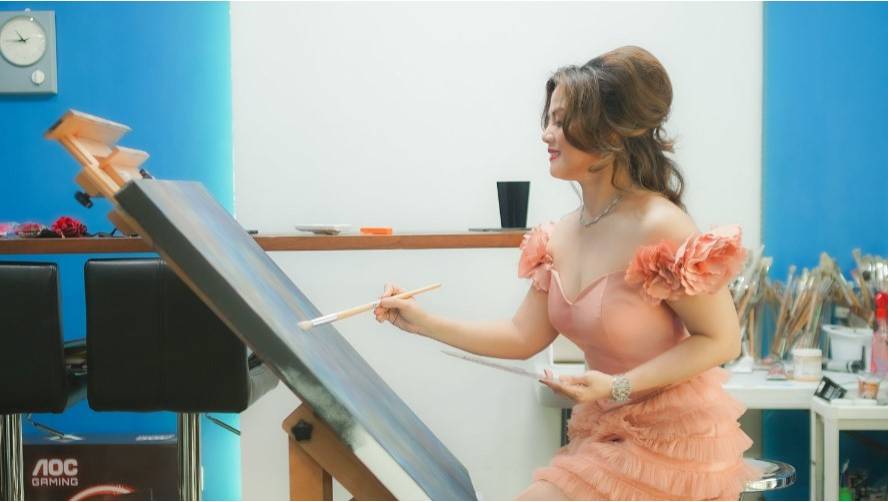
Self-taught visual artist Mylene “Myse” Salonga, a beauty from Batangas, has been praised, well, yes, for her movie-star looks, but more importantly for her big heart. This is because the sale of her paintings is always for a worthy cause, for beneficiaries like children in need in the Philippines and in other countries like Uganda and Tanzania in Africa.
The artist is from Padre Garcia town. Her late father was a politician and her mother a businesswoman. Salonga would design the products of their family-run handicrafts business. Thus, from the start she had an aptitude for art, although with no formal education.
She took up marketing and business at the Philippine School of Business Administration (PSBA) Manila, and made the capital city her home after graduating. Later, she had her old house demolished, constructed a more modern residence and filled it with her own paintings.
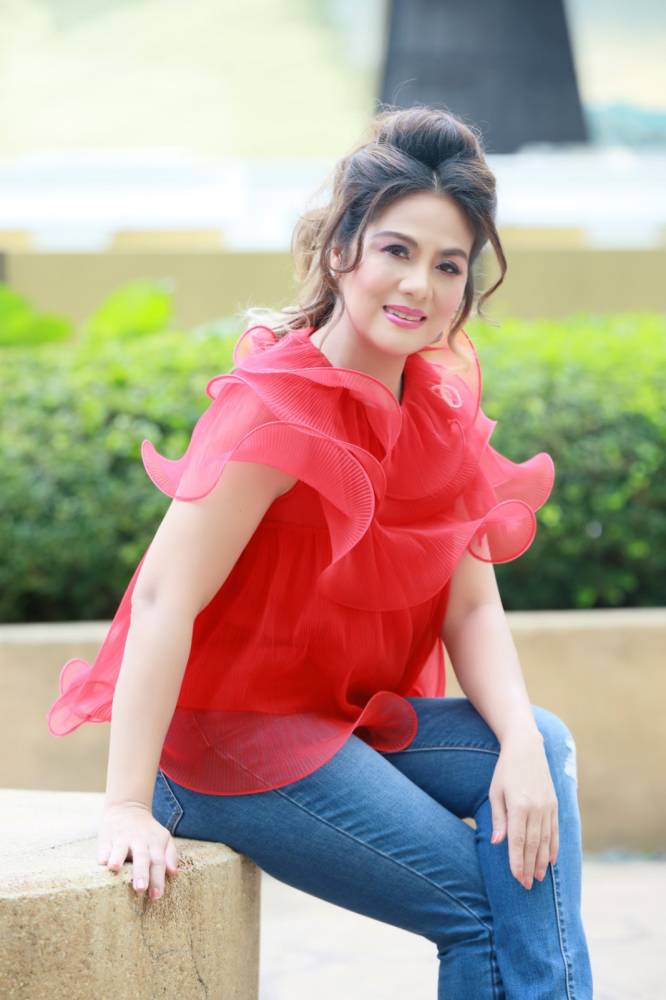
During the house blessing, one of the guests approached her and said he liked her work and offered to buy one painting. “Oh no,” Salonga replied. “These are my paintings, they are not for sale.” Then the potential buyer and art lover mentioned a steep price.
“It was a price I couldn’t resist,” said the artist, giggling, during a recent conversation at the Manila Hotel’s Champagne Room. Present during the interview was Carmela Geisert, a friend and colleague. The two women artists will participate in the Grand Palais international exhibit in Paris.
But I am getting ahead of the story.
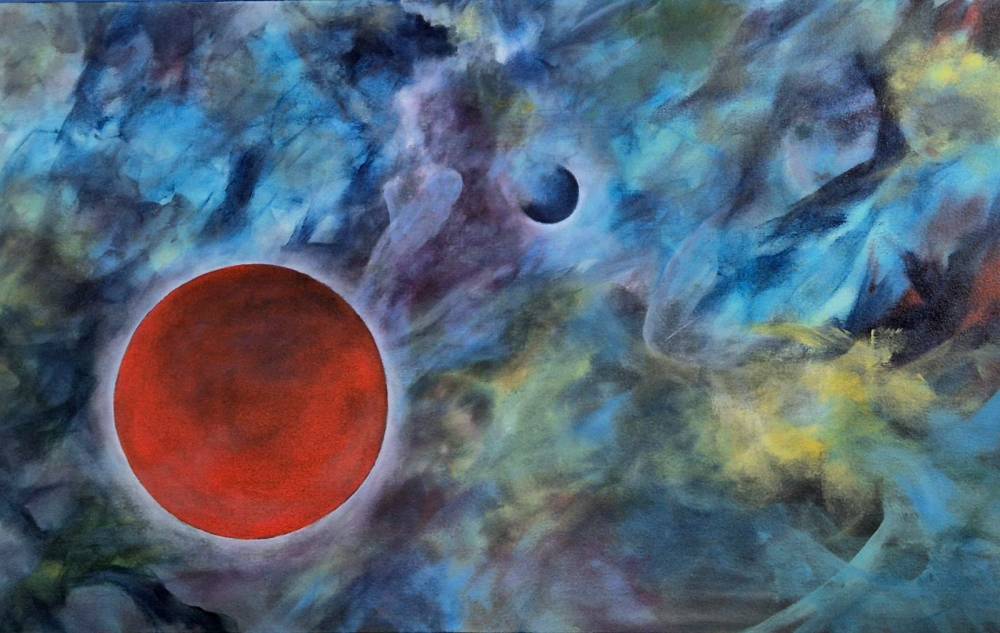
200 paintings
That first purchase led to Salonga’s more serious career as an artist. Through word of mouth, her reputation spread among certain art lovers and collectors and within a decade she was able to produce 200 paintings, most of which were sold. One painting was donated to the Philippine Embassy in Paris. The work is titled “Marianne,” a French symbol of womanhood and is part of the embassy’s collection that recognizes the life of an OFW.
Salonga has not joined any major beauty contest. She is not into being a Miss Philippines, a Miss This or Miss That, my impression being she has time only for more important activities. And yet she has won honors related to beauty and culture. She has been crowned “Noble Queen of Culture and Arts” at an international pageant at Cities Events Place, Manila. This is given to individuals who have made significant contributions to society and charitable events.
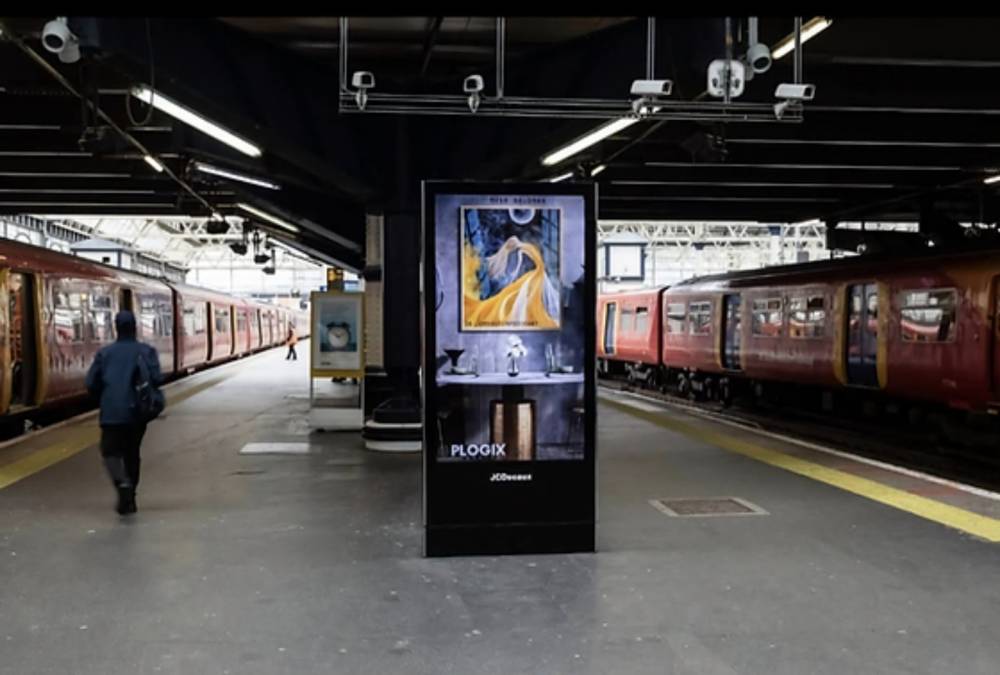
At a charity fashion show in Okada Hotel, Parañaque City, she was acclaimed the “Darling of the Crowd.” And again at Okada last October, she was given the Asean Excellence Achievers Award.
The artist’s oeuvre includes modern abstractions, figurative art, landscapes, seascapes and surrealism. She had one solo show at Camp John Hay, Baguio. She was part of recent group shows in Grand Westside Hotel in Parañaque and in Belmont Hotel in Mactan, Cebu. She’s also had international shows in Singapore and Mayenne, Laval, and Paris in France.
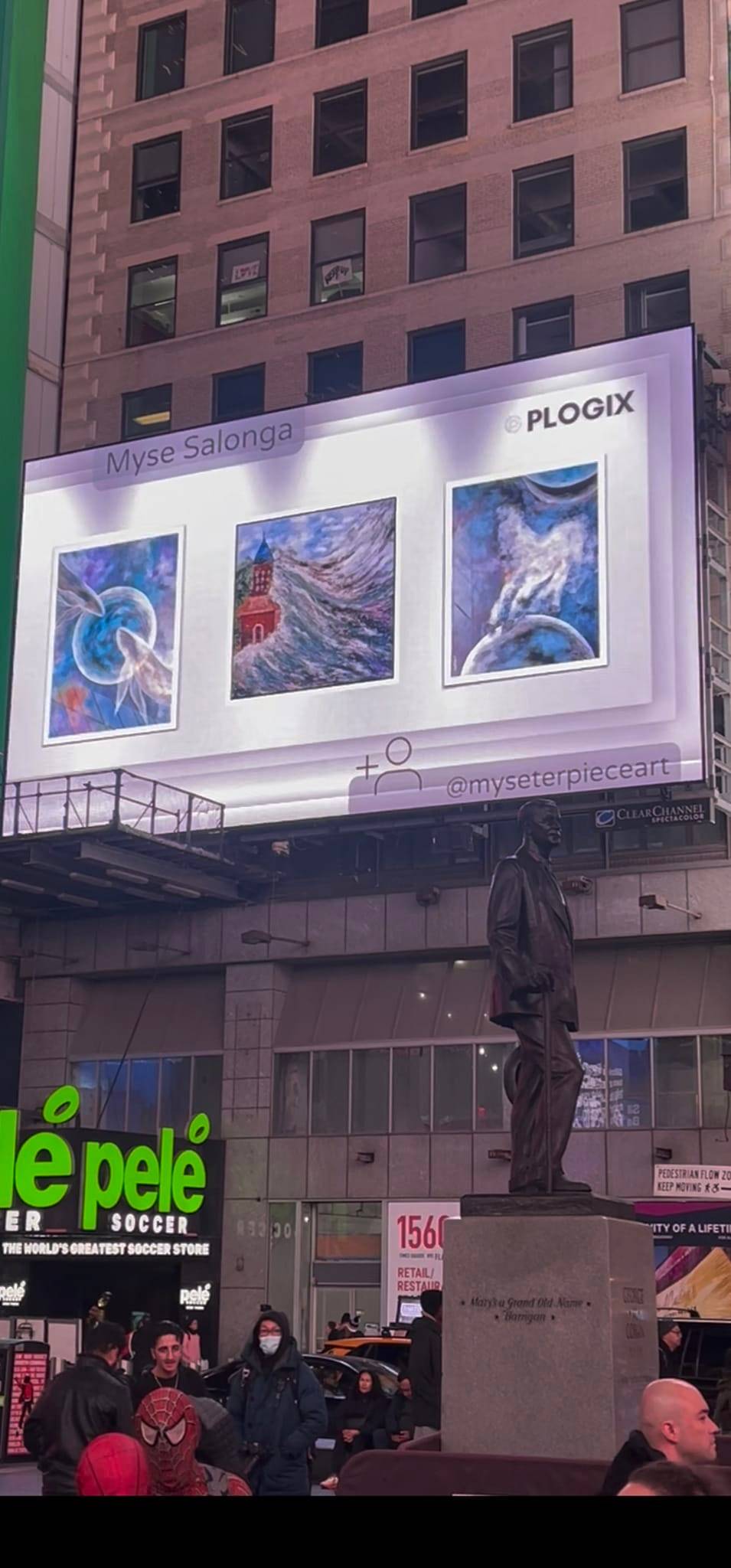
What impresses one is that some of her works have been displayed as billboards in Times Square, New York, and in London’s Waterloo Station. How did she develop these contacts in the US and Europe? “They saw it on the internet,” she explained. “They just contacted me. I am really into business but I have been blessed, so this is my way of paying back. Most of my activities are associated with charity.”
What are her inspirations? “If I do landscapes, the scenery is my inspiration,” Salonga said. “Actually my greatest inspirations are my clients. It’s not the price, wala na sa akin yon. Basta alam ko na sa puso nila ang paintings ko. (I just know that my paintings are in their hearts.) It’s how they appreciate my paintings.”
Salonga and Geisert Paris exhibit is on Feb. 18-22—they are the only Filipinos in the international show. And there’s another exhibit in Vienna in June.
Look out, Europe. Here she comes again.





